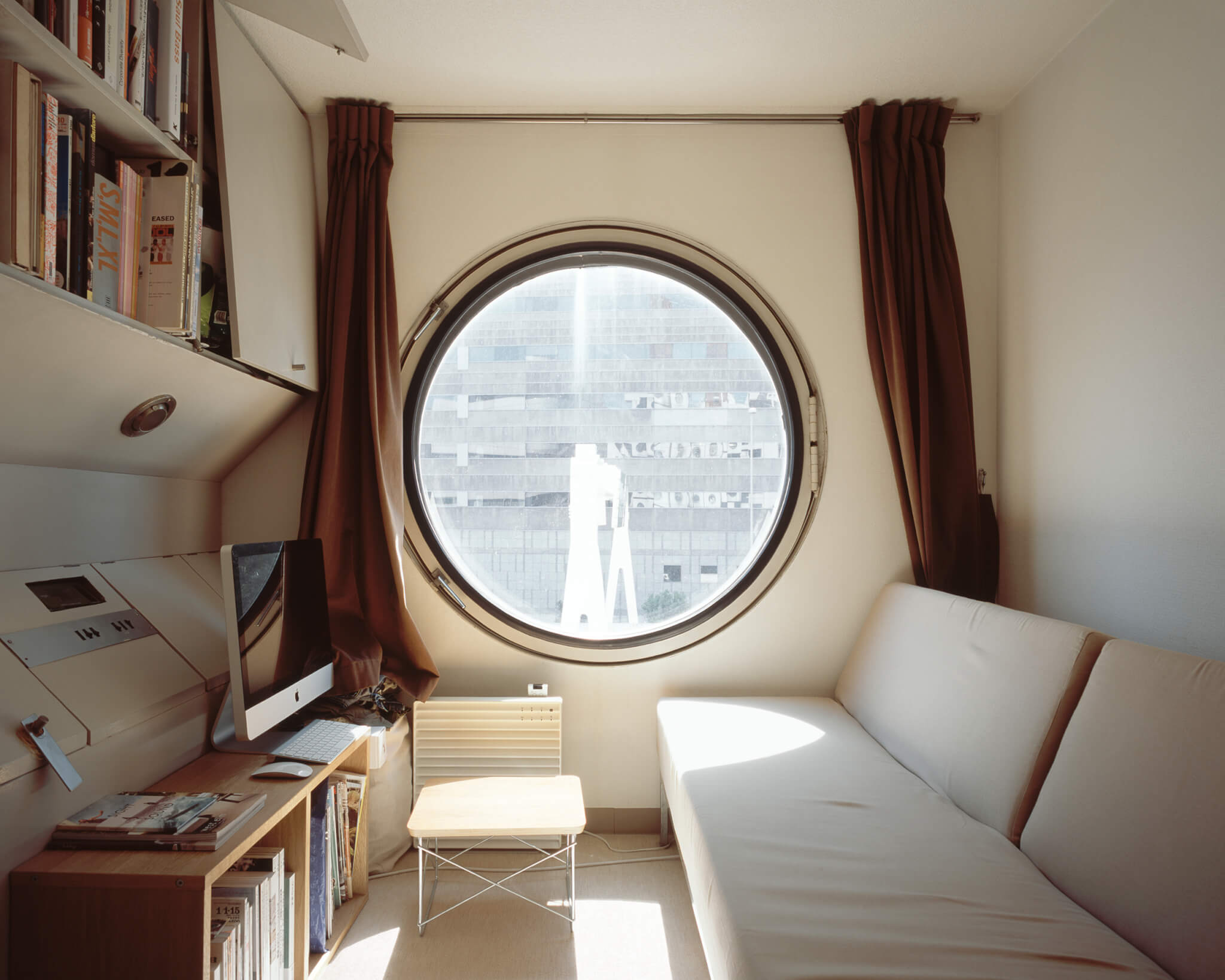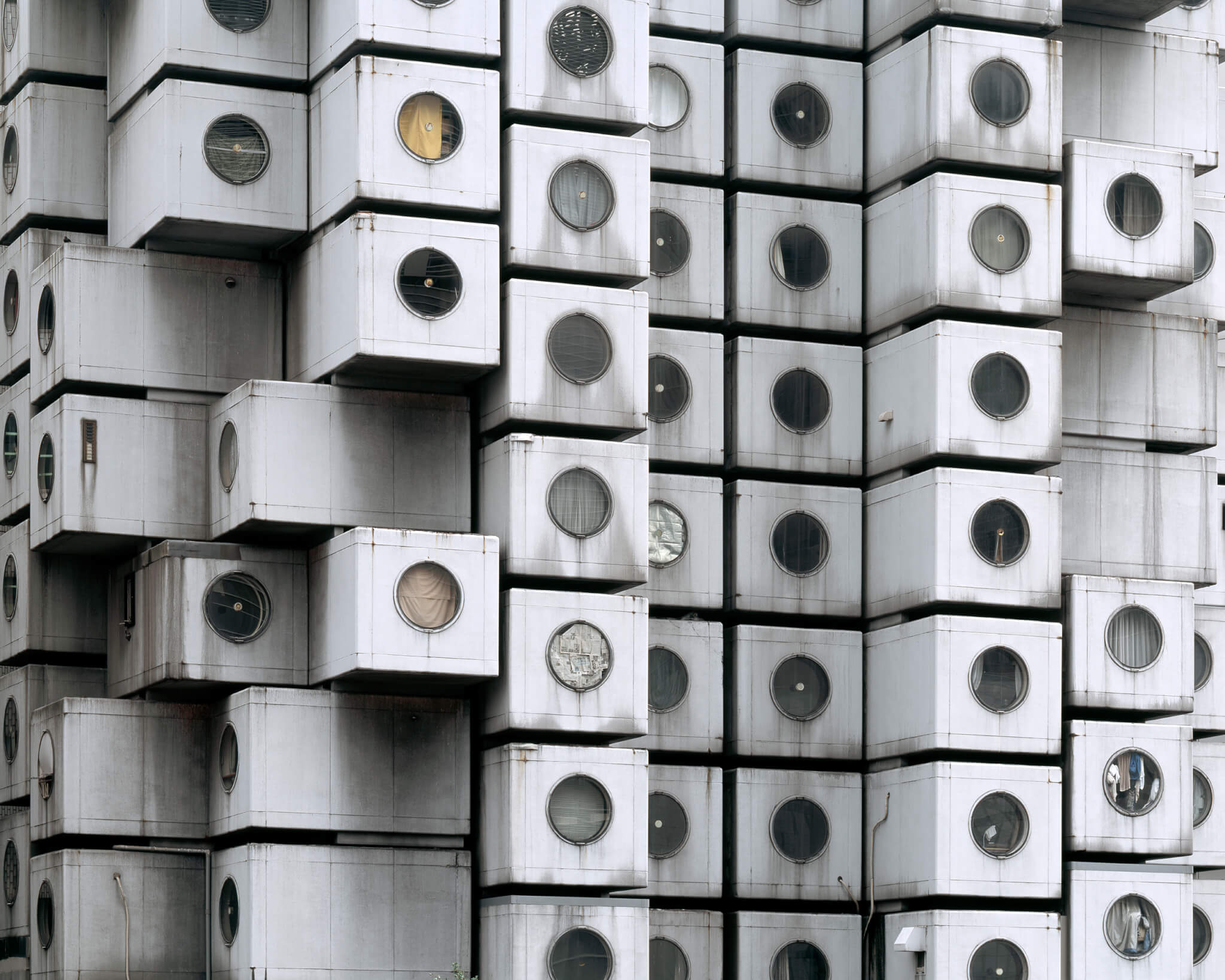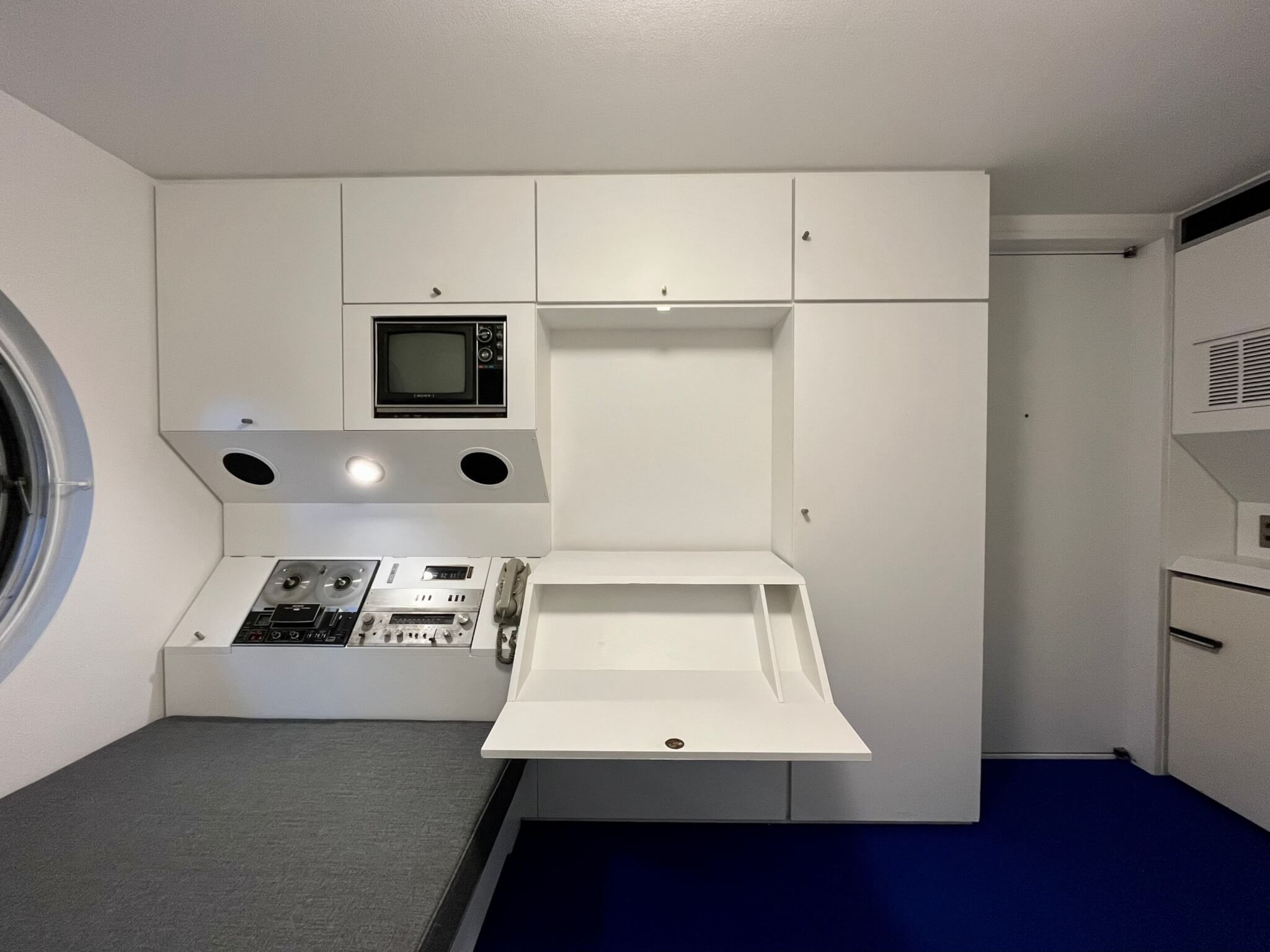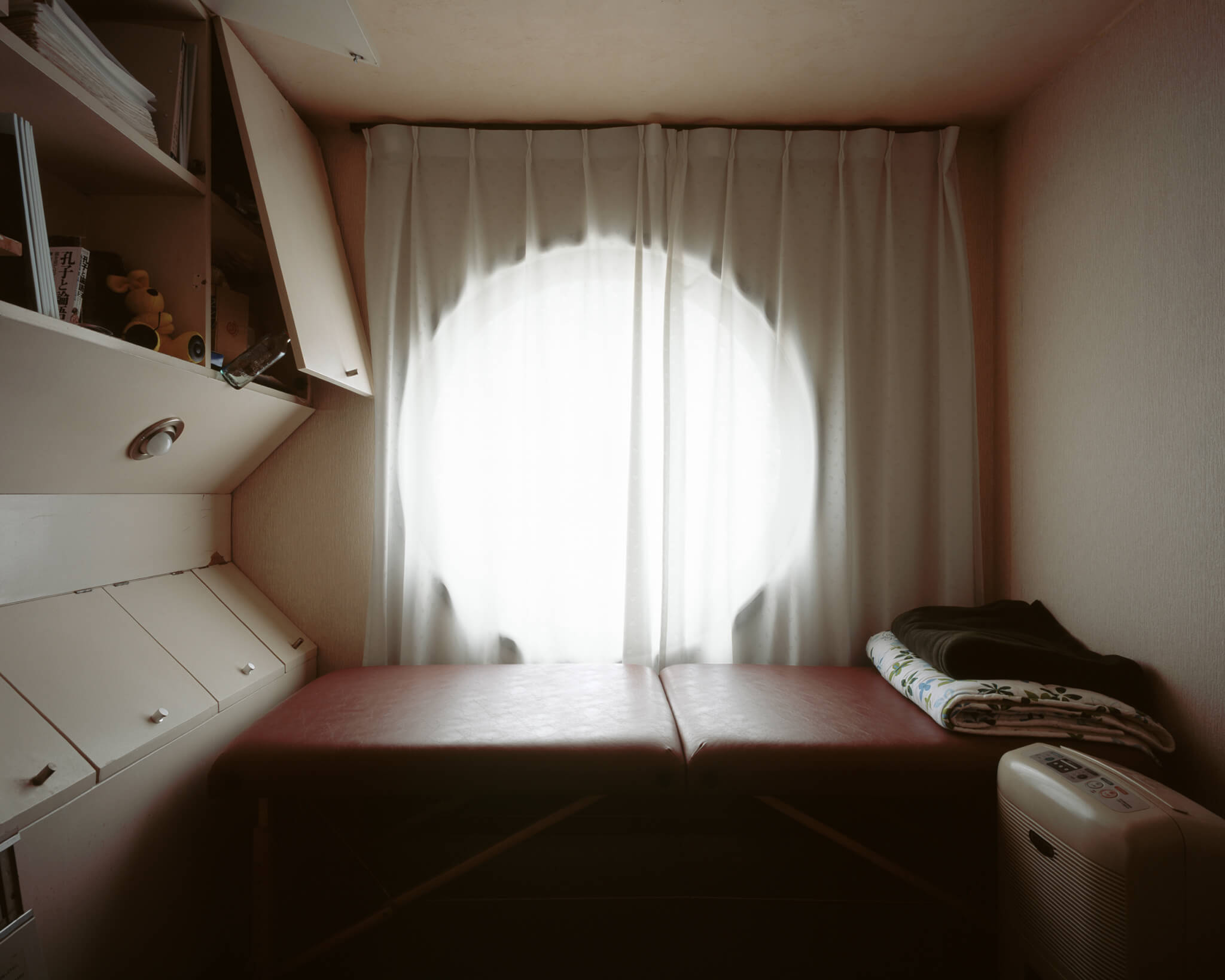The San Francisco Museum of Modern Art (SFMOMA) has acquired one capsule from the Nakagin Capsule Tower, just over a year after its demolition began. Designed by Kisho Kurokawa, the building, which became the poster child of Metabolism, was completed in Ginza, Tokyo in 1972. As AN covered in a five-part series last summer, the tower fell into disrepair over the years, and after years of speculation it was determined it could not be preserved, and was finally set for demolition.
Based on ideas that architecture can structure itself on a cellular model, with component parts of a given structure being adaptable, modular, and designed for growth and contraction, Metabolism was experimented with in Japan in the 1960s and 1970s, and after the 1973 Oil Crisis, was exported to the Middle East. Works including the Kyoto International Conference Center, the Kuwait Embassy and Chancellery in Tokyo, and the Shizuoka Press and Broadcasting Center (also in Ginza) display Metabolist design in non-capsule iterations.

The 13-floor Nakagin Capsule Tower was constructed with two towers supporting 140 pods—small, prefabricated living units attached to the exterior of the towers.” The pods were designed as a space for businessmen, including a bed, folding desk, and optional electronics.
As the fate of the building became public knowledge, preservation efforts to save some of the pods became urgent. Former resident Tatsuyuki Maeda led restoration efforts for the preserved pods, acquiring 23 prior to demolition. Some of these have been displayed on the grounds of the Museum of Modern Art, Saitama, whose building was also designed by Kurokawa.

Now, one pod will be coming to the United States. Capsule A1302, measuring 8.2 feet by 13.1 feet by 8.2 feet, was owned by Kurokawa and occupied the highest floor. Historians and curators have worked with Kurokawa’s office to restore Capsule A1302, including “original features and electronics available to buyers who customized their units in 1972.” The museum also acquired nine images from photographer Noritaka Minami’s series 1972, which captured the building’s interiors over the last 12 years of its existence.

Helen Hilton Raiser Curator of Architecture and Design Jennifer Dunlop Fletcher told AN that the museum was “thrilled” about the acquisition, saying: “The acquisition fits perfectly with the museum’s collection of visionary, provocative architecture by many of the most radical thinkers in the field since 1960, whose work invites public dialogue about significant issues in design.” The museum’s architecture and design collection includes work from Metabolist architect Fumihiko Maki, and by groups of the same era, like Supertsudio and Archigram.

Fletcher added, “The Capsule evokes many conversations around environmental concerns, including shared infrastructure, efficient building and living, and prioritizing the permanence of ideas over physical form. The Capsule deepens the museum’s holdings [of] Japanese contemporary design and architecture and will be a great addition to San Francisco’s built architecture, including the Yerba Buena Center for the Arts by fellow Metabolist Fumihiko Maki across the street from SFMOMA.”
Other capsules from the tower have been repurposed, including as a road-safe trailer and for use by entertainment company Shochiku.
SFMOMA has not announced when the capsule will be on display.











